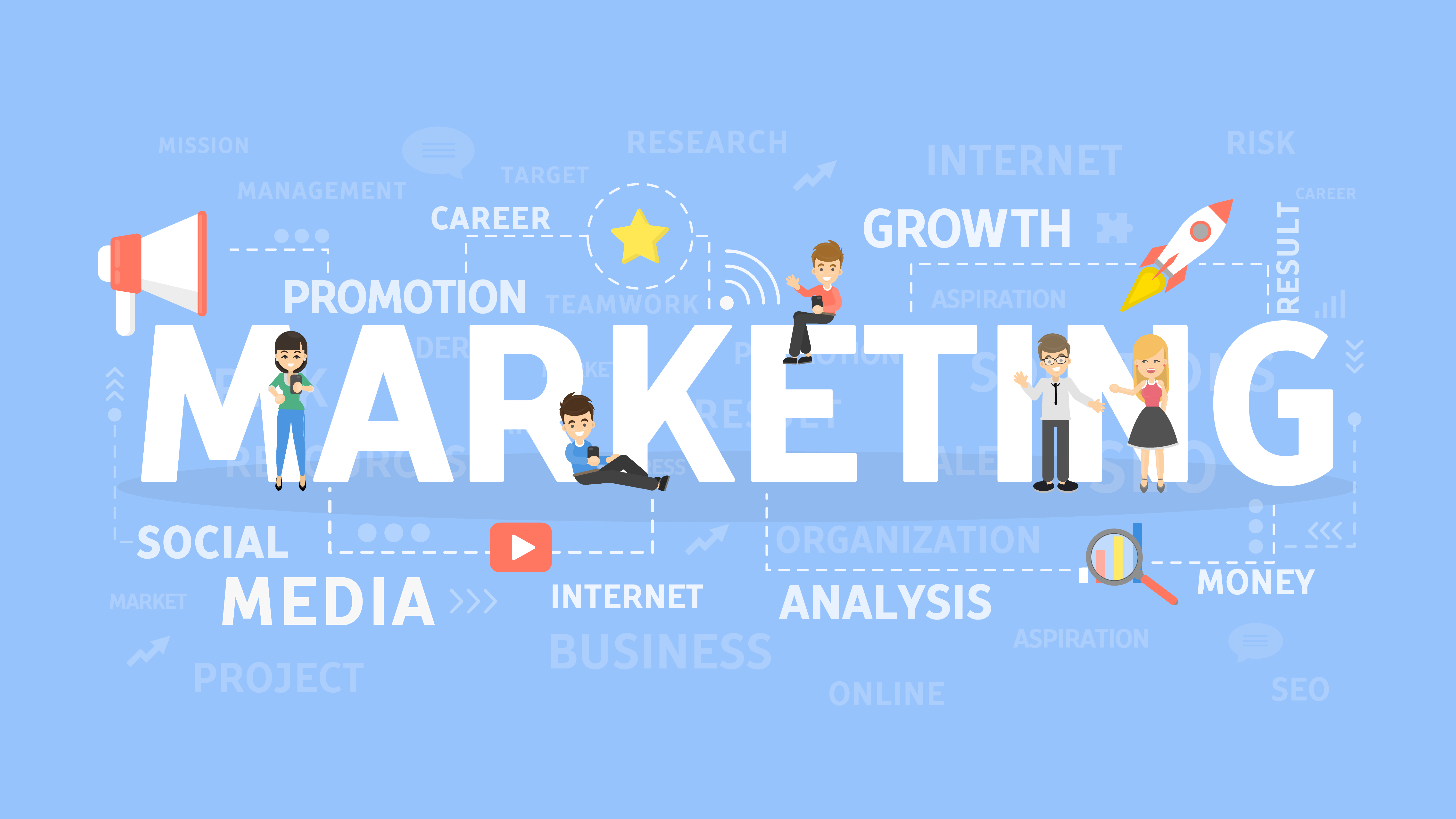Blogs

15/Nov/2023
Digital Marketing vs. Traditional Marketing
In the ever-evolving landscape of marketing, businesses face the critical decision of choosing between traditional and digital marketing strategies. The advent of technology has transformed the way consumers interact with brands, giving rise to a debate on which approach yields better results. In this blog post, we will delve into the intricate details of Digital Marketing and Traditional Marketing, exploring their respective strengths, weaknesses, and the ongoing battle for supremacy.
Traditional Marketing
Traditional marketing, the veteran of the advertising world, encompasses methods that have been tried and tested for decades. Television commercials, radio broadcasts, print advertisements, billboards, and direct mail fall under the umbrella of traditional marketing. These channels have been the backbone of marketing efforts since the mid-20th century.
Strength of Traditional Marketing
-
 Wide Reach: Traditional marketing methods, especially television and radio, have the potential to reach a massive audience. Broadcast advertisements during popular shows or prime time can ensure exposure to a broad demographic
Wide Reach: Traditional marketing methods, especially television and radio, have the potential to reach a massive audience. Broadcast advertisements during popular shows or prime time can ensure exposure to a broad demographic
-
 Tangibility: Print materials, such as brochures and flyers, provide a tangible connection with the audience. Consumers can physically interact with these materials, creating a lasting impression
Tangibility: Print materials, such as brochures and flyers, provide a tangible connection with the audience. Consumers can physically interact with these materials, creating a lasting impression
-
 Established Credibility: Traditional media outlets, especially newspapers and television, have a long-standing reputation for credibility. Being featured in these outlets can lend an air of legitimacy to a brand.
Established Credibility: Traditional media outlets, especially newspapers and television, have a long-standing reputation for credibility. Being featured in these outlets can lend an air of legitimacy to a brand.
Weaknesses of Traditional Marketing
-
 High Cost: Perhaps the most significant drawback of traditional marketing is its cost. Producing and airing a television commercial or running a print ad in a major publication can be prohibitively expensive, especially for small businesses.
High Cost: Perhaps the most significant drawback of traditional marketing is its cost. Producing and airing a television commercial or running a print ad in a major publication can be prohibitively expensive, especially for small businesses.
-
 Limited Interactivity: Traditional marketing methods lack the interactivity that digital platforms offer. Consumers are passive recipients of the message, with minimal opportunities for engagement
Limited Interactivity: Traditional marketing methods lack the interactivity that digital platforms offer. Consumers are passive recipients of the message, with minimal opportunities for engagement
-
 Difficulty in Tracking ROI: Determining the return on investment (ROI) for traditional marketing efforts can be challenging. Unlike digital marketing, where analytics tools provide detailed insights, traditional methods often rely on estimations and surveys.
Difficulty in Tracking ROI: Determining the return on investment (ROI) for traditional marketing efforts can be challenging. Unlike digital marketing, where analytics tools provide detailed insights, traditional methods often rely on estimations and surveys.
Digital Marketing
Digital marketing is the dynamic, data-driven newcomer that has reshaped the marketing landscape in recent years. It encompasses a broad range of online channels, including social media, search engines, email, content marketing, and more.
Strength of Digital Marketing
-
 Targeted Advertising: Digital marketing allows for precise targeting of specific demographics, interests, and behaviors. Advertisers can tailor their messages to reach the most relevant audience, maximizing the impact of their campaigns.
Targeted Advertising: Digital marketing allows for precise targeting of specific demographics, interests, and behaviors. Advertisers can tailor their messages to reach the most relevant audience, maximizing the impact of their campaigns.
-
 Cost-Effectiveness: Compared to traditional marketing, digital marketing is often more budget-friendly. Social media advertising, email campaigns, and search engine optimization (SEO) offer cost-effective options for businesses of all sizes.
Cost-Effectiveness: Compared to traditional marketing, digital marketing is often more budget-friendly. Social media advertising, email campaigns, and search engine optimization (SEO) offer cost-effective options for businesses of all sizes.
-
 Real-Time Analytics: One of the significant advantages of digital marketing is the ability to track and analyze performance in real-time. Analytics tools provide detailed insights into website traffic, engagement, and conversion rates, enabling marketers to make data-driven decisions.
Real-Time Analytics: One of the significant advantages of digital marketing is the ability to track and analyze performance in real-time. Analytics tools provide detailed insights into website traffic, engagement, and conversion rates, enabling marketers to make data-driven decisions.
Weaknesses of Digital Marketing
-
 Saturation and Competition: The digital space is crowded, with countless businesses vying for consumers' attention. Standing out in a saturated online environment can be challenging, requiring strategic and creative efforts
Saturation and Competition: The digital space is crowded, with countless businesses vying for consumers' attention. Standing out in a saturated online environment can be challenging, requiring strategic and creative efforts
-
 Technological Dependence: Digital marketing relies heavily on technology, and changes in algorithms or platform policies can impact the effectiveness of campaigns. Staying updated with the latest trends and adapting to technological shifts is essential.
Technological Dependence: Digital marketing relies heavily on technology, and changes in algorithms or platform policies can impact the effectiveness of campaigns. Staying updated with the latest trends and adapting to technological shifts is essential.
-
 Potential for Information Overload: With the constant bombardment of online content, there's a risk of information overload. Consumers may become desensitized to digital ads, affecting the overall effectiveness of digital marketing efforts.
Potential for Information Overload: With the constant bombardment of online content, there's a risk of information overload. Consumers may become desensitized to digital ads, affecting the overall effectiveness of digital marketing efforts.
The Ongoing : Battle
As businesses navigate the marketing landscape, the choice between traditional and digital marketing is not always binary. Many successful campaigns integrate both approaches, leveraging the strengths of each to create a comprehensive strategy.
Conclusion
In the clash between digital marketing and traditional marketing, there is no one-size-fits-all solution. The effectiveness of a marketing strategy depends on various factors, including the target audience, budget constraints, and the nature of the product or service. Ultimately, businesses must carefully evaluate their goals and resources to determine the optimal mix of traditional and digital marketing methods. The evolution of technology continues to reshape the marketing landscape, and staying adaptable is key to staying ahead in this ever-changing game.

